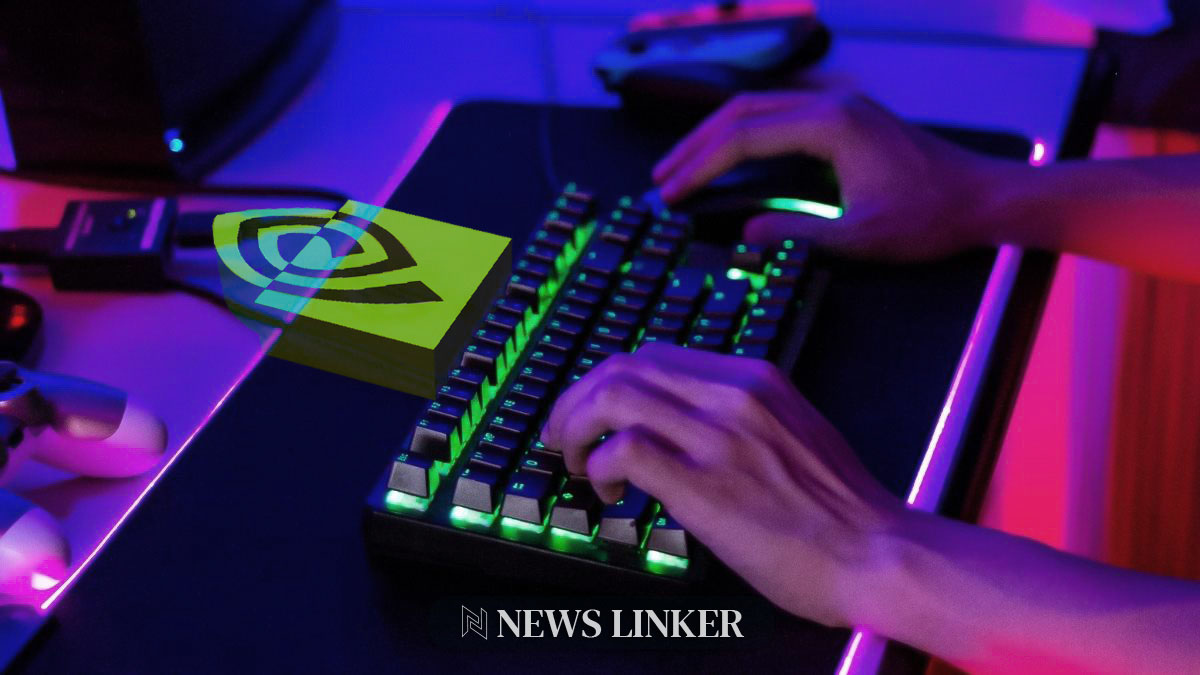As the tech world buzzes with anticipation, Nvidia stands at the cusp of potentially unveiling a new series of next-generation graphics cards. Speculation abounds regarding the capabilities and improvements these new units could bring as Nvidia remains at the forefront of technological advancements in graphics processing. While specifics are yet to be confirmed, the industry expects significant enhancements in speed, efficiency, and graphics rendering capabilities that could set new benchmarks in the gaming and professional graphics sectors.
Over the years, Nvidia has consistently set the pace in the graphics card market, introducing innovations that have pushed the boundaries of what’s possible in video rendering and gaming experiences. Previous launches have seen Nvidia focusing on increasing the power efficiency and performance metrics, which have been well received by the market. Comparatively, the upcoming graphics cards are rumored to follow this trend but with even more emphasis on energy efficiency and computational power, reflecting growing consumer and industry demands for higher performance with lower power consumption.
Moreover, Nvidia’s approach to integrating AI capabilities in their graphics cards has transformed user experiences significantly. From enhancing gaming environments to optimizing professional graphics workflows, AI integration has been a key factor in Nvidia’s recent offerings. Upcoming models are expected to deepen this integration, offering smarter, more intuitive systems that could revolutionize user interactions with digital content.
Expected Features and Enhancements?
The forthcoming series of Nvidia graphics cards may include advanced ray tracing capabilities, faster memory, and improved power management systems. These features aim to cater to both hardcore gamers and professionals in animation and design, who require robust graphics support. The new cards could potentially include enhancements in VR technology, supporting an immersive experience with minimal latency.
Impact on Gaming and Professional Markets?
The expected release could significantly impact the gaming industry, providing developers with more powerful tools to create realistic, engaging environments. Similarly, in professional fields such as video production and graphic design, increased processing power and efficiency may streamline workflows and enable more complex projects.
Practical Inferences from Upcoming Releases
- Increase in rendering speeds could reduce project turnaround times.
- Enhanced AI integration may lead to more personalized user experiences.
- Improved energy efficiency could appeal to environmentally conscious consumers.
As Nvidia gears up to possibly revolutionize the graphics card market once again, the implications for related industries are vast. Enhanced graphics cards not only promise improved personal computing but also herald significant advancements in areas such as artificial intelligence, virtual reality, and real-time rendering. Gaming enthusiasts and professionals alike await these developments eagerly, hoping for groundbreaking technologies that match their escalating requirements.
In essence, Nvidia’s potential new releases could not only redefine industry standards but also significantly enhance the graphical capabilities available to the average consumer and professional. As Nvidia continues to innovate, the broader impacts on technology adoption, software development standards, and user experience refinement are expected to drive the industry forward, setting new milestones in graphics technology.










